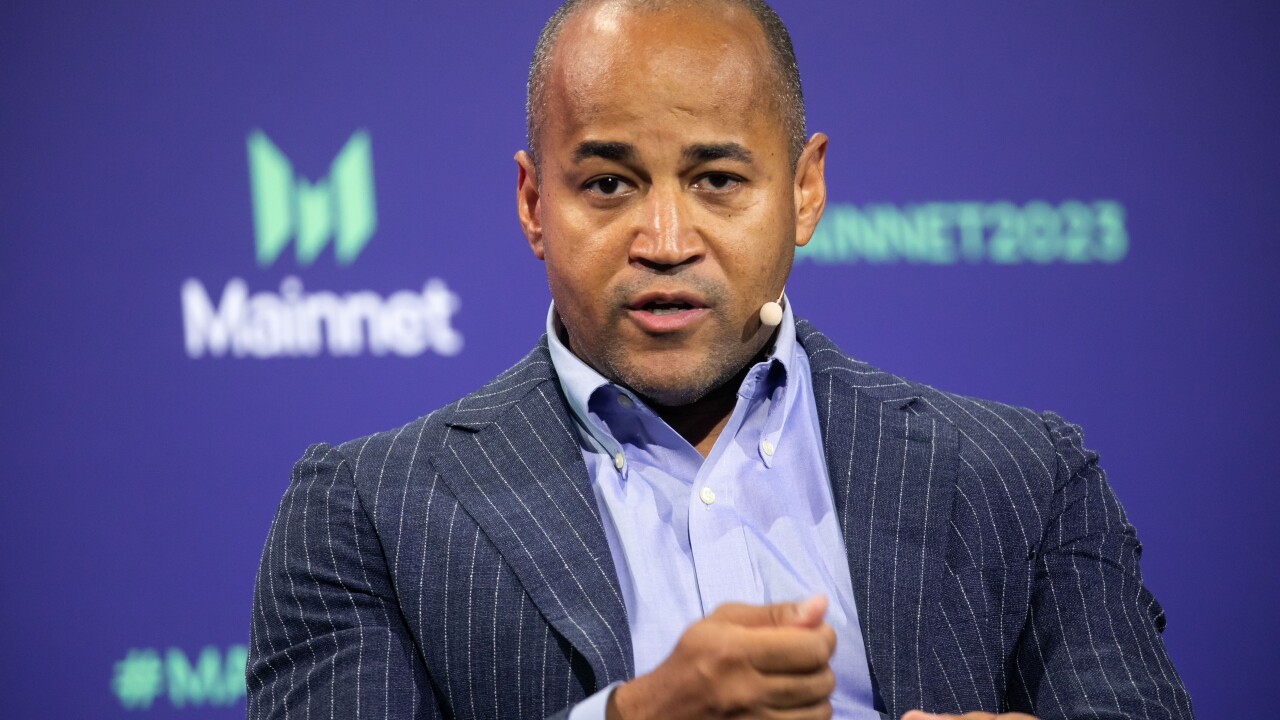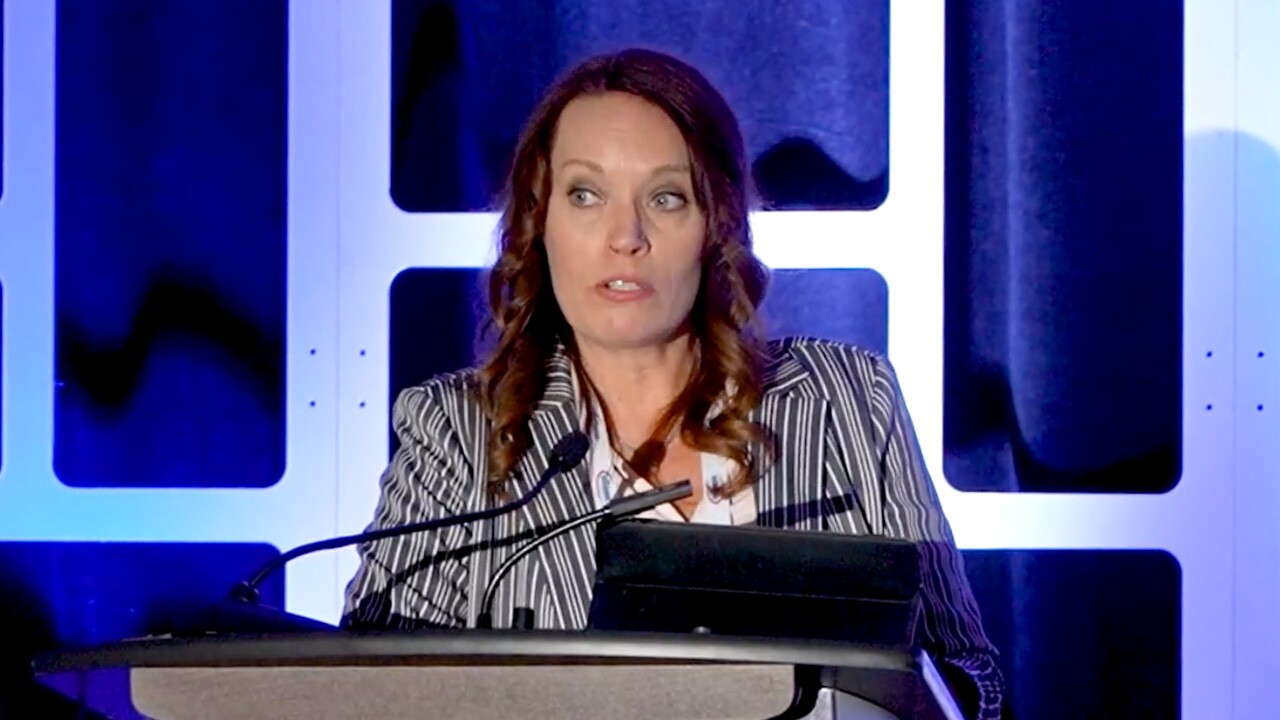Stablecoins
How are banks approaching dollar-backed digital assets (stablecoins)?
Stablecoins have moved from the edge of the
Banks are testing stablecoins for cross-border payments, liquidity management, and digital wallets. Some are also exploring how stablecoins can support interbank transactions or be issued directly by regulated institutions. As the landscape takes shape, stablecoins are starting to look less like an experiment and more like infrastructure.
-
PNC is one of the first major banks to offer bitcoin trading services directly to eligible private client accounts in a limited launch with Coinbase.
December 10 -
In a new interpretive letter, the Office of the Comptroller of the Currency will allow banks to serve as middlemen for "riskless" crypto trades, extending existing brokerage authority for securities to digital assets.
December 9 -
The discussions are expected to focus on bankers' opposition to allowing interest payments on stablecoins, along with the ability of banks to compete in the crypto space and preventing the use of cryptocurrencies to facilitate illegal activities.
December 9 -
By placing the JPMD deposit token on a public blockchain, the bank hopes to sell a combination of regulatory cover with speed and transparency for large institutional transactions.
December 9 -
While overall payments declined, the financial sector remained the top payer to cybercriminals, surpassing both health care and manufacturing.
December 5 -
At a UCLA economic panel, experts from Zions, JPMorgan, Berkeley Research Group and Wave Digital Assets discussed the challenges in data management and compliance risk that goes with adopting digital assets.
December 5 -
What is a dollar? Noelle Acheson highlights how stablecoins are underlining the ways in which the absence of an official definition can have geopolitical and macroeconomic consequences.
December 4 -
Circle's Dante Disparte and Block's Owen Jennings discuss how blockchain, crypto and AI can combine to open new lanes for international commerce. Payment experts say banks need to play catch up.
December 4 -
While banks welcome the "whole-of-government" approach that led the effort, private sector takedowns remain difficult without federal warrants.
December 3 -
A group of European banks have formed Qivalis, which expects to launch its coin in early 2026 as a counter to the U.S. dollar-led market. Plus, Singapore regulators give Ripple permission to expand and other news in the global payments and fintech roundup.
December 3
The first three months of the year coincide with the start of President Donald Trump's second term in office. Investors are likely to be more interested in banks' outlooks amid swings in tariff policy than the first-quarter results.
Frequently Asked Questions:
How are banks approaching dollar-backed digital assets (stablecoins)?
Stablecoins have moved from the edge of the crypto, world to the center of policy and banking conversations. As regulators and banks weigh their role in payments, settlement, and reserves, this page follows the developments — from early pilots to proposed legislation.
Banks are testing stablecoins for cross-border payments, liquidity management, and digital wallets. Some are also exploring how stablecoins can support interbank transactions or be issued directly by regulated institutions. As the landscape takes shape, stablecoins are starting to look less like an experiment and more like infrastructure.
Why are banks paying attention to stablecoins?
Stablecoins are increasingly viewed as a potential upgrade to legacy payments systems. Banks are evaluating them for settlement, remittances, cross-border transactions, and tokenized deposit models.Are banks issuing their own stablecoins?
Some are exploring the option. Institutions like JPMorgan (with JPM Coin) and new entrants like PayPal are piloting bank-issued stablecoins, while others are watching regulatory developments before moving forward.How do stablecoins impact compliance and risk?
Issues include KYC/AML enforcement, cybersecurity, operational risk, and how reserve assets are held and reported. Banks exploring stablecoin activity must weigh both technological benefits and regulatory scrutiny.How are regulators responding to stablecoin innovation?
Congress is debating stablecoin-specific bills focused on reserve backing, issuer licensing, and oversight. The Federal Reserve, OCC, and state regulators are also shaping how bank involvement in stablecoin activity is supervised.How are banks using stablecoin?
Banks are using stablecoins to speed up cross-border payments, manage liquidity across global branches in real time, and test new forms of settlement between institutions. Some are integrating stablecoins into retail-facing digital wallets, while others are exploring interbank networks built on tokenized payments. These efforts are less about crypto speculation and more about making money move faster, with greater transparency and fewer intermediaries.- Real-time cross-border payments
- Internal liquidity management
- Retail-facing digital wallets
- Interbank tokenized payment networks
Top banks investing in stablecoin
List of institutions with greatest investment in stablecoin:- JPMorgan Chase – JPM Coin
- Custodia Bank – Avit Tokens
- Citigroup - Citi Token Services
- Societe Generale - USD CoinVertible
- Bank of America - Name yet to be released
- Fifth Third - Name yet to be released
- U.S. Bancorp - Name yet to be released













